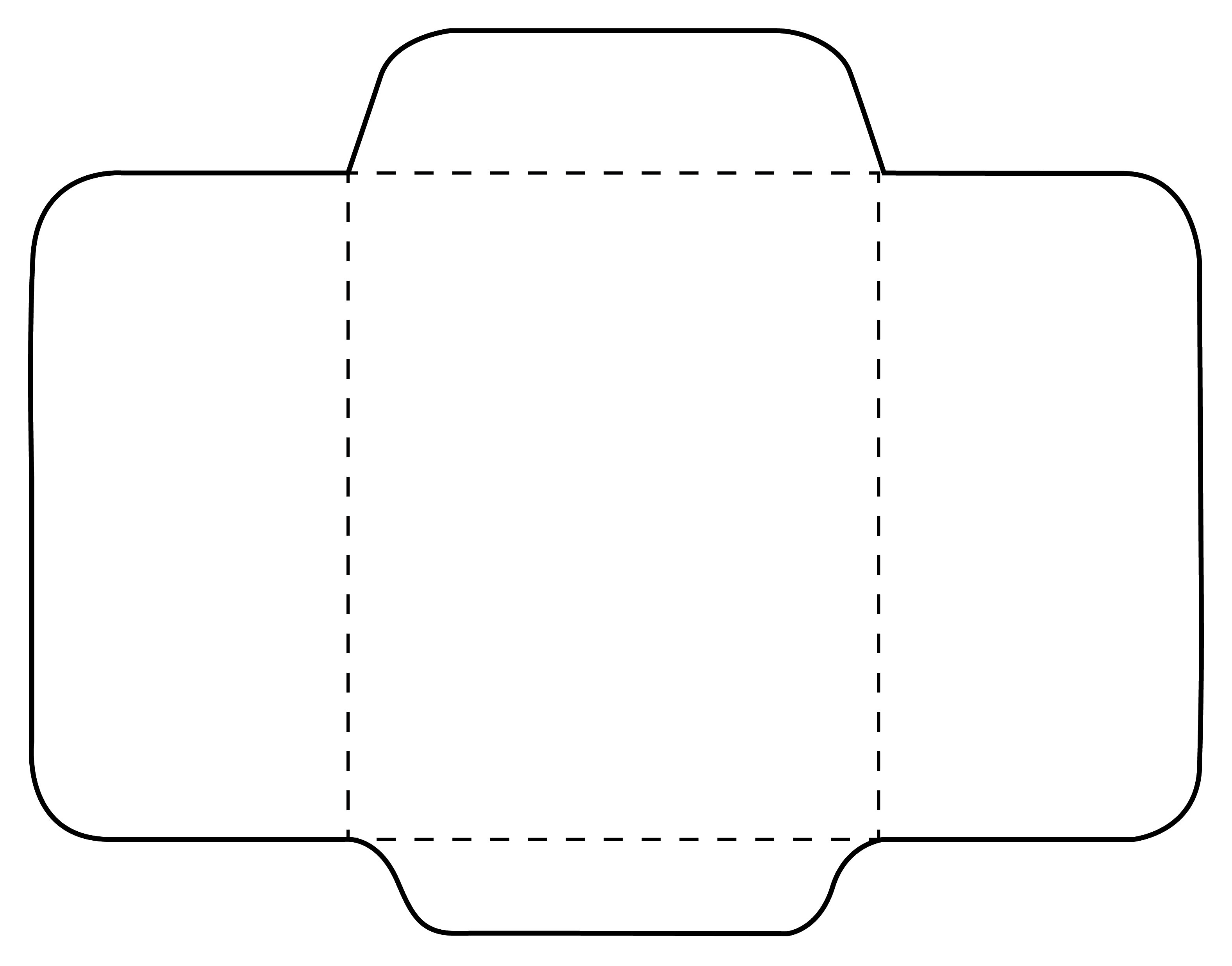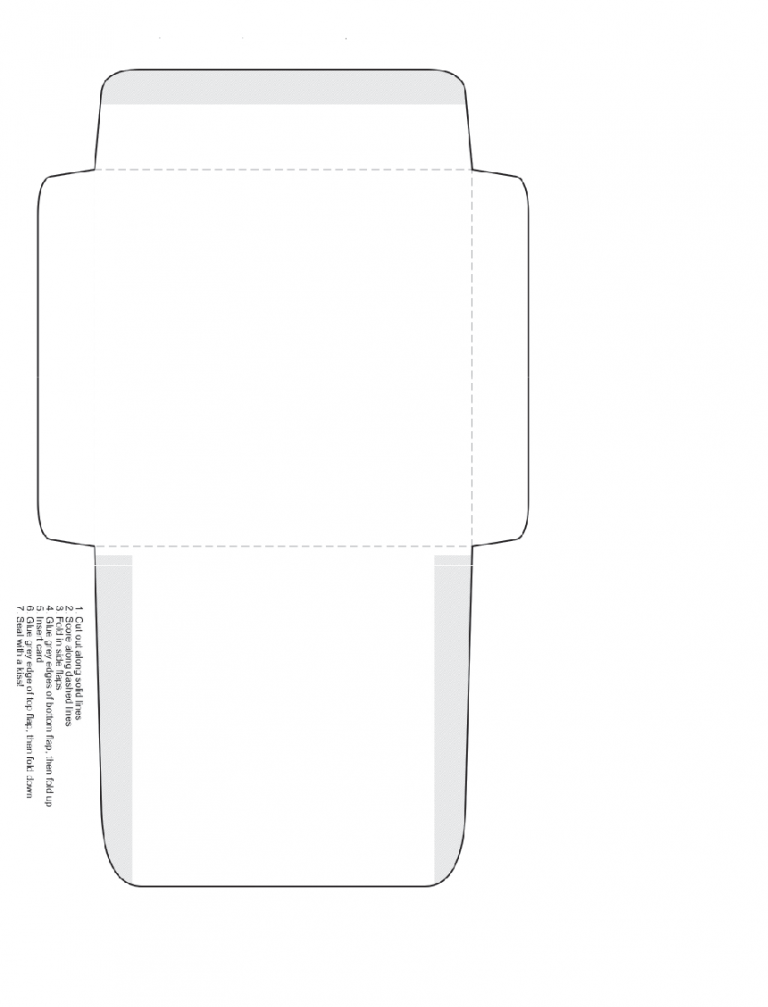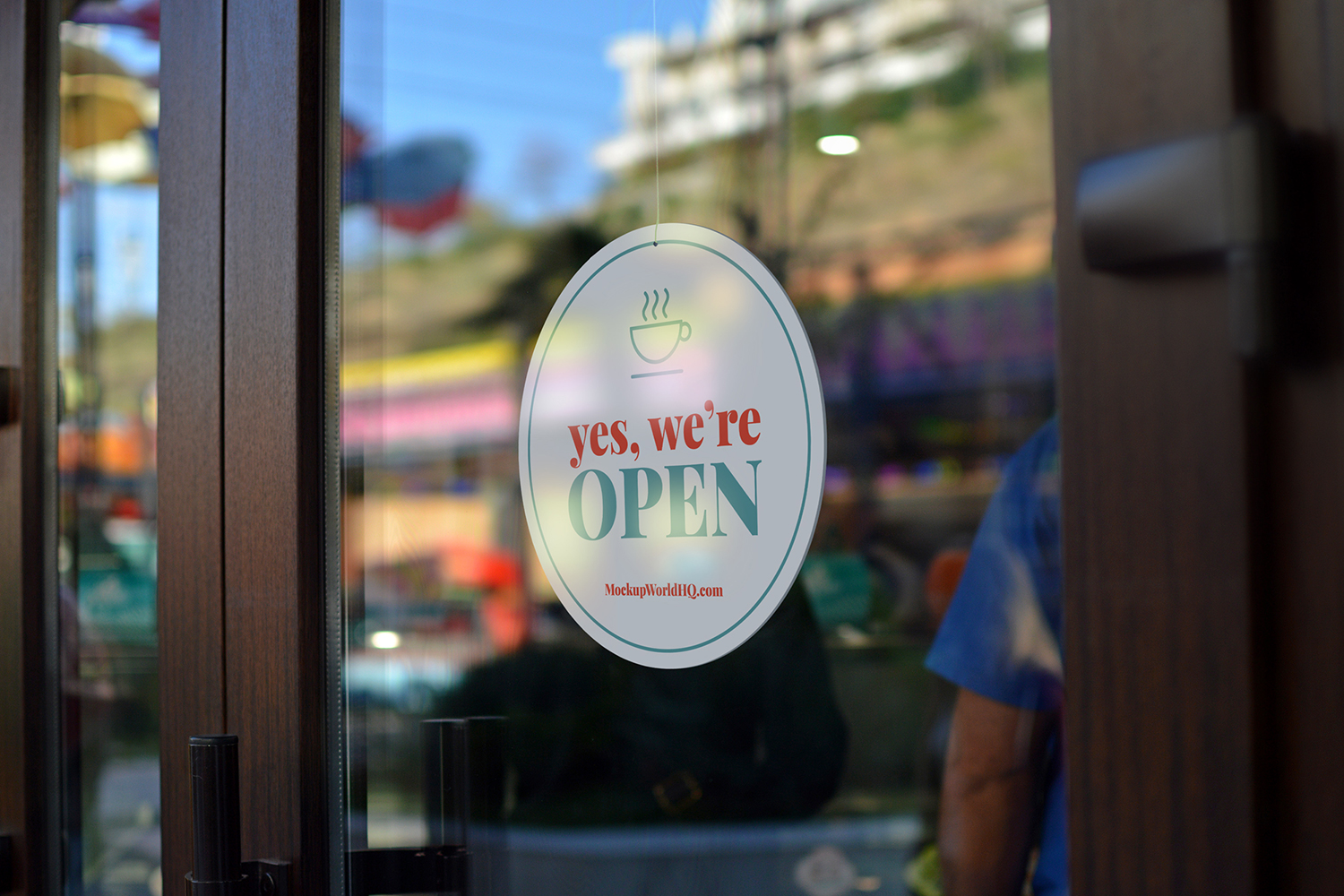

At, we focus on providing our customers with the largest selection of envelope sizes, styles, and colors. Looking for small or bulk quantities of mailing supplies? You have come to the right place. This is briefly described in SF2 Modulations:Envelopes.Largest Selection of Envelope Sizes, Styles, and Colors
#Envelope format generator#
The SF2 standard has a more flexible generator that can be used in addition to With most natural instruments, this release rate varies with pitch, but not velocity. However, you’ll still probably want to configure a release, so that if the key is released before the sample is finished, it doesn’t end abruptly. That’s pretty close to how most natural instruments behave.Īnother note when using an envelope to control volume: if you’re playing a sample that already has a natural envelope, such as the pluck of a harp string, you normally don’t have to configure the envelope because it’s already in the sample, which has a natural attack and decay. If I play a very soft note, that note will also decay with the same rate, so that 1 second later it will be 90 dB quieter when it started. That is, if I configure ampeg_release=1 and play a very loud note, that note will decay with a rate so that one second later it will be about 90 dB quieter than when it started. Note that when using an envelope generator to control volume, it is usually not necessary to adjust release or decay times based on velocity: that will happen naturally. This adjustment is needed because volume is contolled in dB, and silence in dB is negative infinity, which complicates the math.

When using an amp enevlope generator, “0%” means “silence” but it’s actually interpreted as -90dBFS for Aria, or -80dBFS for original sfz.However, this can be changed setting by xxx_release_zero=1 to instead mean to decay from 100% to zero in the given time.


Decay time is actually a constant decay rate that is specified as the time for the EG to go from 100% to 0%.It remains at that level until the key and sustain pedalĪre both released, when it takes the Release time to fall off to silence. The volume stays at that level for the Hold time, after which it falls off for the Decay time The volume increases (at a constant dB/sec rate) for the Attack time and then reaches the peak levelįor that note (which is controlled by the velocity and possibly other parameters.) When the key is depressed, Delay time elapses and then the note starts (at Start level, which above is Here’s a play-by-play explanation, when using the EG for volume (ampeg_xxx). If it were nonzero, the tip of the left-pointing arrow would look chopped off vertically. Note that this image assumes the Start level is 0. Showing the ampeg_envelope shape and its stages. Here is a screenshot of an audio file created using Sforzando, This begins when both key and sustain pedal are released, even if the prior stages have not completed. The % level at which the EG remains while the key is down or the sustain pedal is down Time* for the volume to decrease from 100% to the sustain level Time from note start (at start level) to 100% level Time to wait after key is depressed until the EG starts An EG can control a variet of parameters,īut to help understand, you can imagine it controlling the volume, in which case youĬan substitute “volume” for “EG” below. Which are applied in the order given below. SF1 envelopes are sometimes called DSAHDSR after the 7 controls of the envelope, See SFZ1 Modulations to see examples of how these can be applied. To control envelopes in early synthesizers (and many current ones as well.) (including sustain/sostenudo pedal release.) These are often called “ADSRs”,Īfter the four parameters (Attack, Decay, Sustain, Release) that were used Pitch, or other parameter, based on the timing of the key press and release Envelope generators (EGs) are used to control the profile of the volume, filter,


 0 kommentar(er)
0 kommentar(er)
